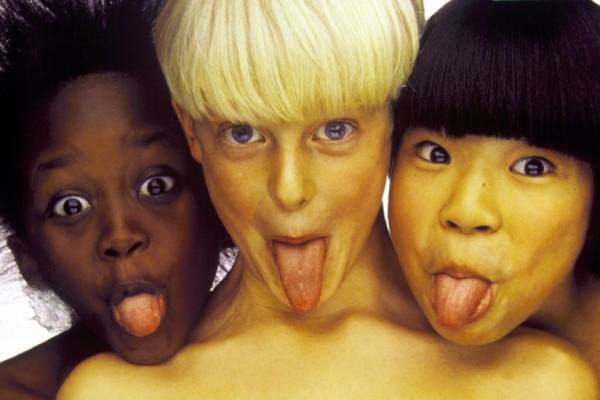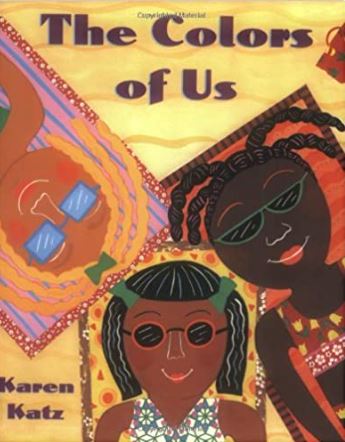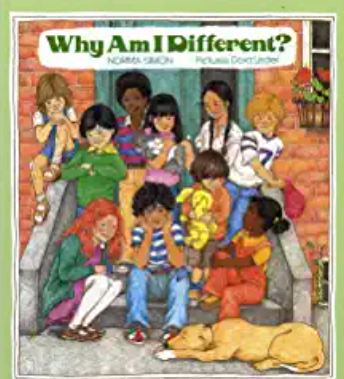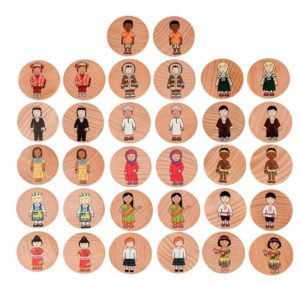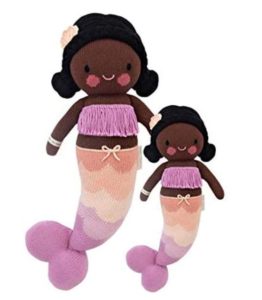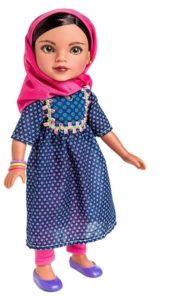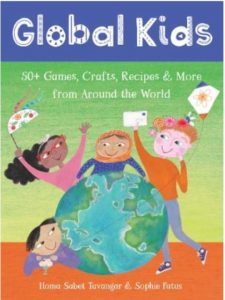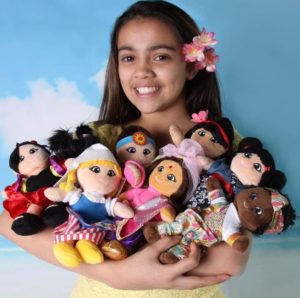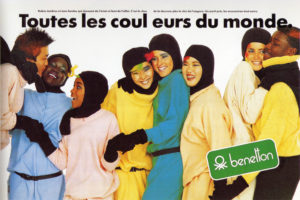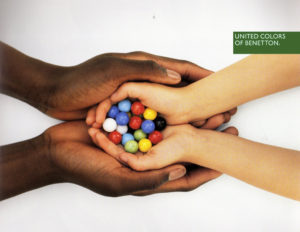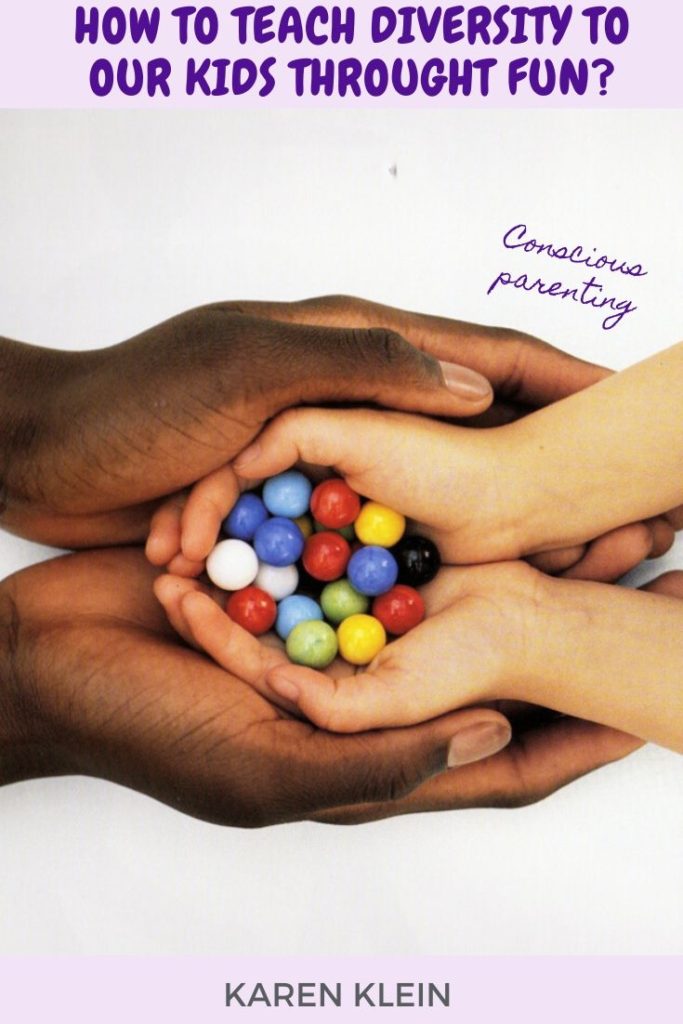
“I have a dream that my four little children will one day live in a nation where they will not be judged by the color of their skin, but by the content of their character.”
This page contains affiliate links meaning I may earn a commission if you use them. I only recommend products I use and honestly trust. For more info read the full disclosure.
I love diversity! I need diversity!
Diversity makes everything more interesting. Diversity makes it all alive!
I must have diverse dinners. I must travel to diverse places and can never go back to the same place! I love to talk with diverse people, from diverse culture or countries. Even my fiends come from different circles and are truly diverse.
I love to hear diverse politic views. I have such a need in diversity that my dad’s question before my wedding was “How will you stay with the same guy for life since you need changes and diversity all the time?”
I believe diversity opens our minds, our hearts, our point of views.
By searching for diversity, we are exposed to various experience. When I studied in Orange Coast College in California, I had friends, each one from a different country.
At home, I like to listen to different types of music, I listen to classical music, but I would take my kids to a jazz concert or an opera, at least once so they experience it.
By teaching diversity to young children, they learn to respect and celebrate the differences in all people.
It also helps them realize that we are all humans, despite differences in how we look or dress, or what we eat or celebrate.
At about age 2 years, children begin to notice gender and racial differences. At 2 ½ or so, children learn gender labels (boy/girl) and the name of colors – which they begin to apply to skin color. Around 3 years old, children notice physical disabilities. At about 4-5 years, they start to display gender appropriate behavior and become fearful of differences.
Here you can find some great Activities that can help children learn and appreciate differences.
Here are some books you can use to teach diversity:
Did you know?
- Diversity is growing in communities outside our large cities. Consider, for example, the small town of Portland, Maine; though less than 8,000 students attend its public school system, they collectively speak more than 36 languages on a daily basis (Portland Public Schools).
- One poll found that 48 percent of Americans interact with someone whose first language is not English at least once a week (Committee for Economic Development).
- Even now, in California, Hawaii, New Mexico and Texas, ethnic and racial minorities account for over half of the total state population, and for 40 percent of the population in Arizona, Georgia, Maryland, Mississippi and New York (Committee for Economic Development).
- In 2050, the Hispanic population in the United States is projected to equal one quarter of the total U.S. population (U.S. Census Bureau, “Projected Population…”)
- About 72% of CEOs in top Fortune 500 companies are white males, while less than 1% are African American females.
Here is a great article about “The Truth About Diversity — And Why It Matters“
In that article, I quote “It’s not just a feel-good move; it’s good for business. Study after study has shown that diversity leads to more creative teams and increases a company’s bottom line. “….”A big barrier to diversity, says Gina Grillo, President and CEO of the Advertising Club of New York, is that “we tend to promote people who we feel comfortable with, and often that is people who are like us.”
Here are my 10 selected toys & gifts I recommend that will teach diversity:
When I talk about diversity, I remember so well Benetton advertising when I was a kid in France…
Check those images, as they took diversity and made it their main goal back then!
Here is a YouTube experiment on children about racism and diversity:
Doll test – The effects of racism on children (ENG) or “Kids on Race“.
quite interesting and scary to see..
I hope you found this article interesting, and that it will help you for your next purchase!
I invite you to check also שמ article about “Why and how to teach our kids FLEXIBLE THINKING?”
You can SUBSCRIBE HERE to receive future posts to your mailbox or follow me on Pinterest.

